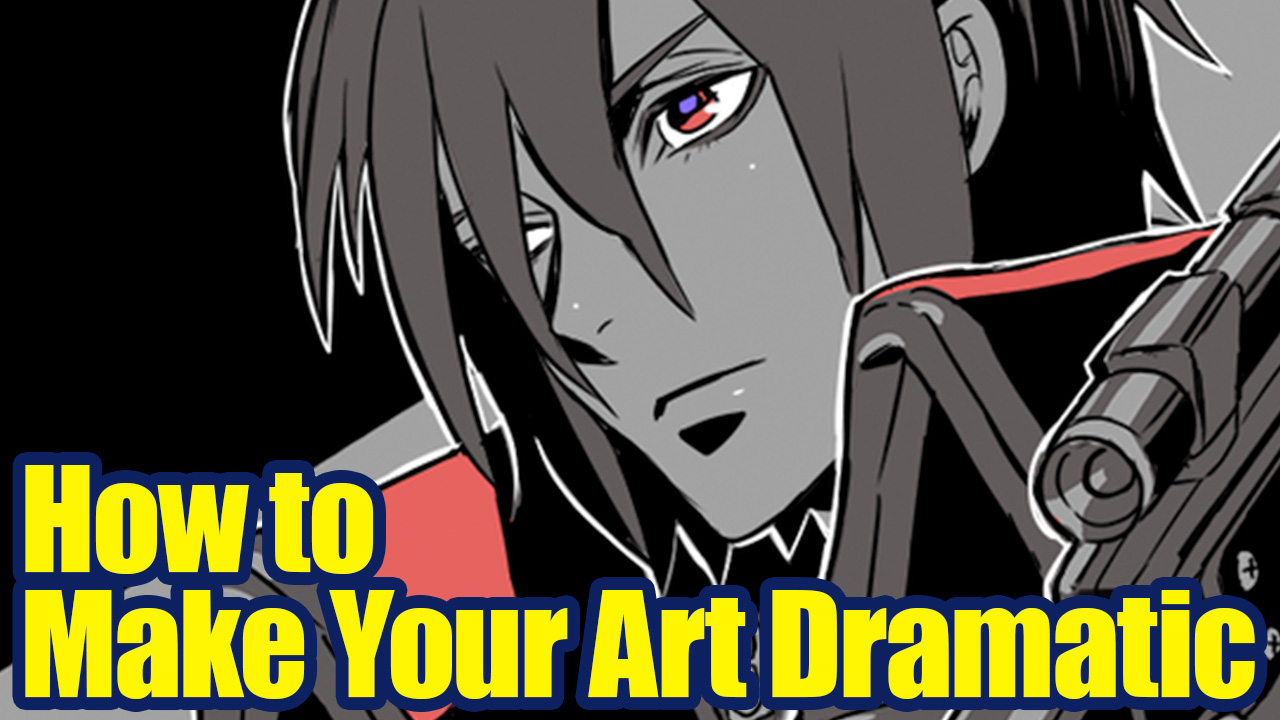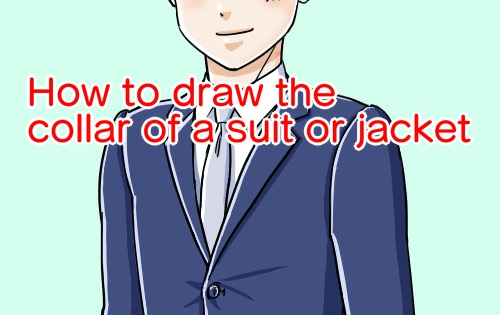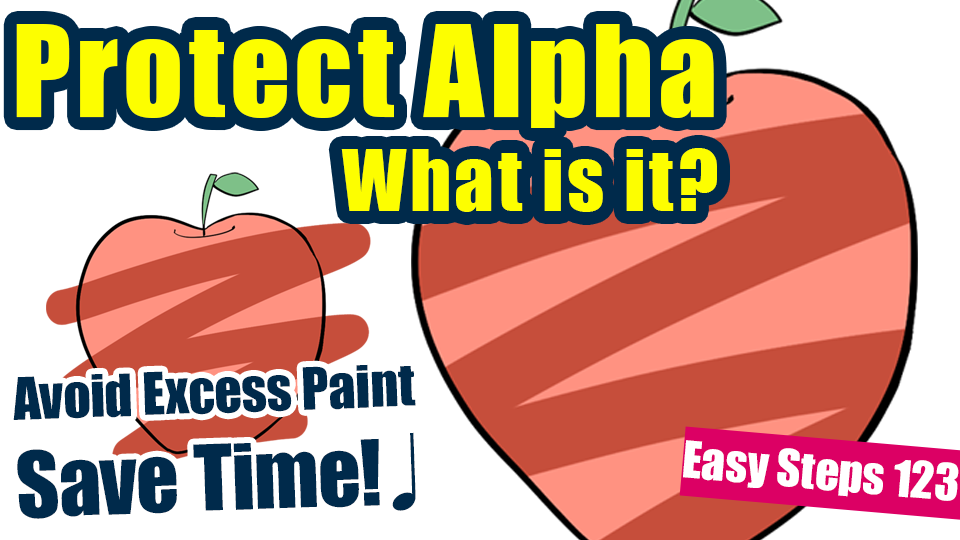2021.06.14
The skeletal structure of the human body from an overhead perspective
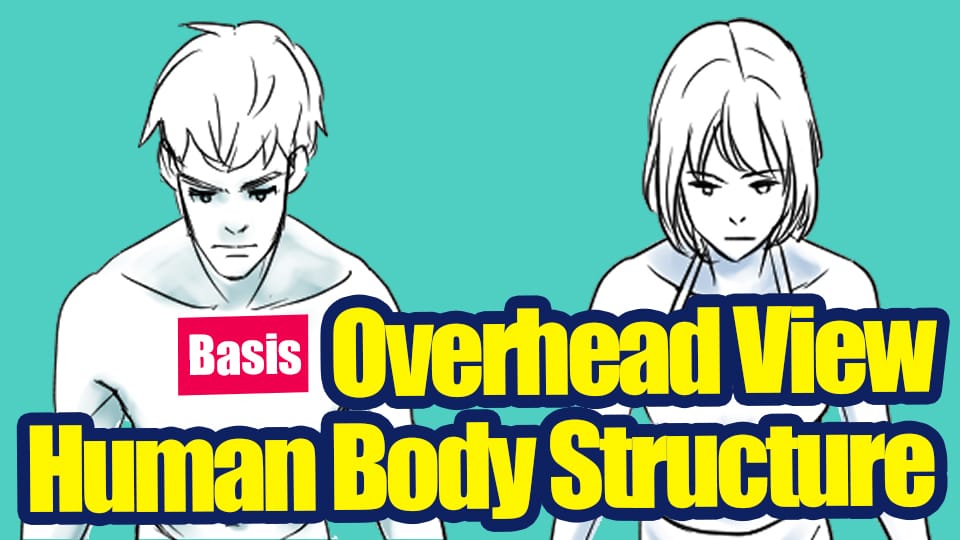
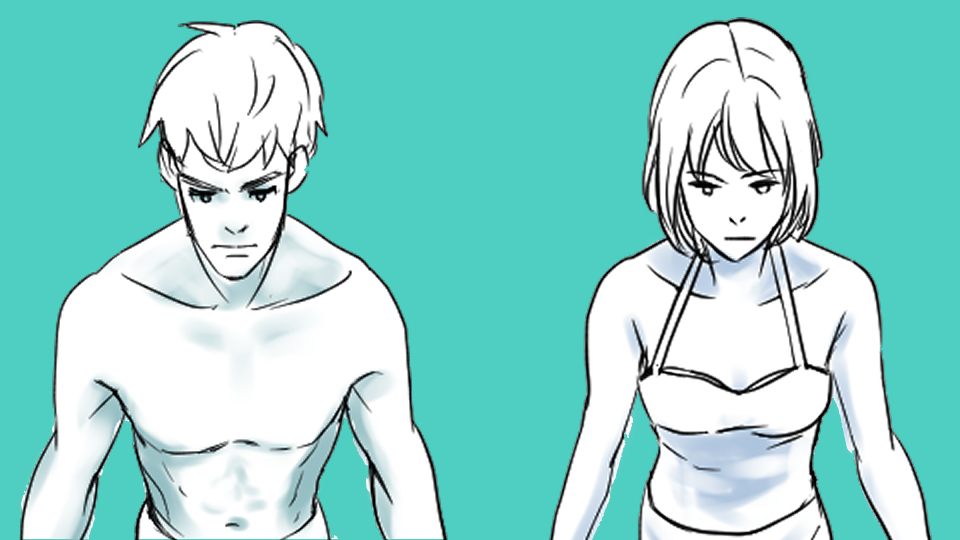

In this article, we will discuss the skeletal structure of the human body from a bird’s eye view, for both men and women.
If you want to know more about the skeletal structure of the human body, please refer to the following article.
If you want to know more about the skeletal structure of the whole body, please refer to this article.
▶︎How to draw men and women based on their skeletons structure.
▶︎【For Beginner】How to Draw a Rough Sketch “Body”.
Let’s take a look at the general characteristics of the human body from a bird’s eye view.
Index
Characteristics of the overhead view
In the overhead view, the back of the head looks wider and the ears are above the eye level.

In addition, the perspective narrows from the upper body to the lower body as the image is viewed from above.
It would be easier to understand if you imagine an inverted triangle.


Next, let’s look at the results by gender.
Men with an overhead view
The figure below is a bird’s eye view of the male body.
With only the skeleton and the muscles:.

Men have more developed muscles than women, so straight lines are more noticeable.
It is a good idea to be aware of the thickness of muscles such as the chest plate while drawing.
Pay attention to the following areas.
-
- neck, shoulders, and arms
- Chest plate
- Hip area
- Thighs
Let’s look at the details.
Neck, shoulders, and arms
First, let’s describe the thickness of the neck to back and shoulders.

The forearm area is also important to draw the rise of the muscles on the outside and inside.
Chestplate
If you draw the chest plate thickly, you can get a 3D effect when you look down.

Hip circumference
Since there is no neckline, the waist should be drawn in a straight line without much curve.
In addition, the outer line from the torso to the legs should be narrowed as it goes down to give an overhead perspective.

Thighs
The three-dimensional look of the thighs can be created by curving the outside to the back, like a cylinder.

These are the characteristics of a man’s overhead view.
Next, let’s take a look at a woman’s bird’s eye view.
Women with a bird’s eye view
The back of the head looks wider and the ears are above eye level, which is the same as the male overhead view.

What is unique about the woman’s overhead view is the following part of the dot.
- Curves from the waist to the lower body
- Unevenness in the chest area
Let’s look at them one by one.
Curves from the waist to the lower body
When a woman looks down, the curves are particularly strong in the lower body line where the neckline and purse are located.

As you can see in the image, a large curve around the waist makes it easier to create a neckline.
The lower part of the body will have a larger curve because of the perspective, especially the curve from the knee to the calf will be steeper to give a more overhead view.
Unevenness in the chest area
Adding the uneven part of the chest as a wrinkle will give a 3D effect.

Overhead view from directions other than the front
The following is a bird’s eye view from a direction other than the front.

In the overhead view from the side, the left and right shoulders are aligned in a vertical line.
The feet in the back are hidden by the hands and feet in the front, and only a few toes are visible.

In the oblique overhead view, the shoulders and upper arms in the back appear to be hidden.
In the foreground, the thickness of the back is created.
The above is an explanation of how the human body looks from an overhead view, by gender.

In summary, the overhead human body is characterized by the following three points
- The back of the head looks wider
- The neck, shoulders, and chest appear to be wider
- The lower half of the body takes on a tighter perspective
In addition, to draw men and women differently, men should emphasize the rise of muscles and women should emphasize the curve of the neckline to make it look like that.
In addition, it is recommended to use reference materials such as posed dolls, 3D applications, and photos to help you create a bird’s eye view of the subject.
▶︎[Brief Description] How to Draw an Overhead View Illustration.
(Text and pictures by Setsu Yoshida)
\ We are accepting requests for articles on how to use /

